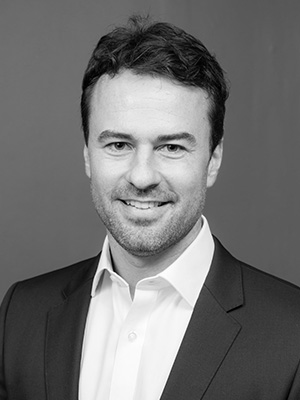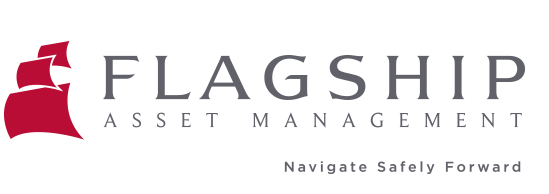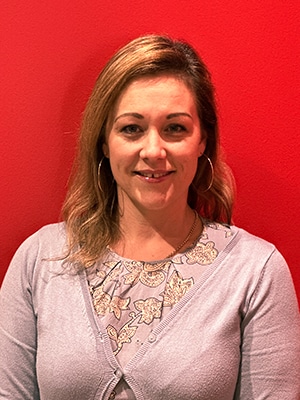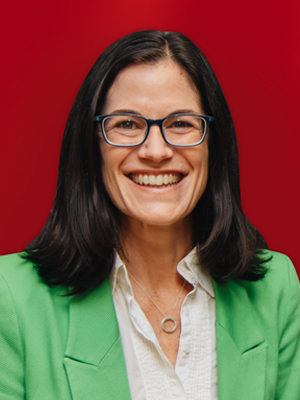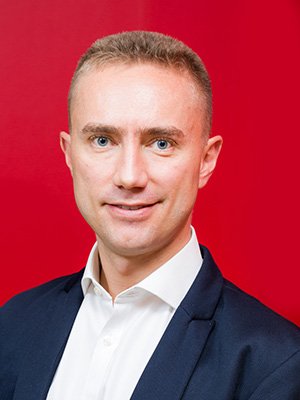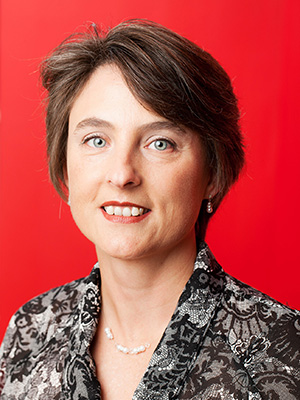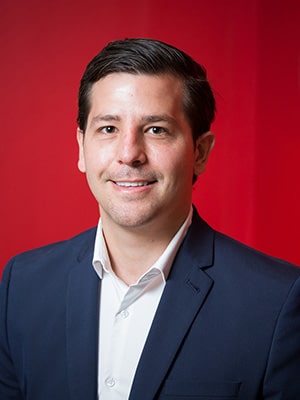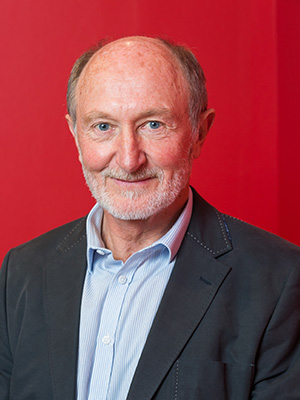
06 Sep Suncor fits neatly into our universe of ideas where the payoff is asymmetrical
By Pieter Hundersmarck
- Suncor is a Canadian Oil Sands and Syncrude Business. With their substantial capital costs and oil-focused production mix, Canada’s oil-sand producers are among the biggest beneficiaries of high crude
- Between a global supply shock in the oil market and an increase in geopolitical tensions, Suncor, along with the rest of the North American energy sector, went from the back to the front burner.
- Suncor is effectively a capital management investment case: the cash flows they generate will be used to de-gear, pay down debt, and buy back shares. They are in a very secure jurisdiction (Canada) and have highly regarded
- The share trades on 4.9x 2023e earnings and a 4.7%dividend yield.
Suncor’s business operations can be divided into three main segments: Oil Sands, Exploration and Production, and Refining and Marketing.
- Suncor’s Oil Sands segm ent , with assets located in the Athabasca oil sands of northeast Alberta, produces bitumen from mining and in situ operations. Bitumen is either upgraded into hydrocarbons for refinery feedstock and diesel fuel, or blended with diluent for refinery feedstock or direct sale to market through the company’s midstream infrastructure and its marketing activities .
- Suncor’s E&P segment consists of offshore operations off the east coast of Canada and in the North Sea, the Norwegian Sea and other fringe areas.
- Suncor’s Refining and Marketing segment consists of two primary operations: the Refining and Supply and Marketing operations discussed below, as well as the infrastructure supporting the marketing , supply and risk management of refined products, crude oil, natural gas, power and byproducts.
The bulk of revenue, and where the value in the operations sit, is with the Oil Sands Segment.
The second, less obvious reason is the utter lack of capex into oil exploration and production over the past 8 years
The first aspect that makes Suncor valuable is it’s long reserve life. As the chart below shows, the reserve life of Suncor far exceeds that of its well-known peers. This is an enormous advantage in a time when exploration and identification of reserves is becoming more costly and diffi cult . A high reserve life also provides meaningful visibility to the Company’s discounted cash flows.
Chart 1: Suncor Reserve life versus peers

Secondly, the backdrop for crude oil is attractive. The price of oil bottomed in the spring of 2020 during the Covid-19 market crash, but today, a barrel of oil fetches over $100 in the U.S. The Russia-Ukraine war has been one of the most obvious reasons behind the surge in oil prices. This situation has magnified the risksto the supply of oil, leading to a supply-demand imbalance coupled with the resurgence of geopolitical risks.
The second, less obvious, reason is the utter lack of capex into oil exploration and production over the past 8 years. Misguided ESG, and a misunderstanding of the timeline required to phase out dirtier fuels in favor of cleaner fuels, has led to a supply imbalance that the world is now slowly paying the consequences of. While this will ultimately self-correct (oil capex is once again on the rise) there is a meaningful lag that will keep oil prices above $80 until new sources of supply are found, or demand shrinks drastically (which is not our base case).
Thirdly, the cost profile of Suncor is attractive. Suncor has worked hard to optimize its operations and can operate at breakeven, including its dividend payments, at approximately $35 per barrel of oil. This provides a meaningful cushion when oil prices decline, and on the flip side offers substantial gearing to higher oil prices.

Fourthly, the capital management is excellent. Suncor’s management is among the most shareholder-friendly management teams you would find in the oil & gas industry . Management have identified clear areas where capital will be extended , shown in the graphic below:

After a tough 2020, due to improving conditions in the energy m arket , Suncor’s 2021 was a major improvement. The company grew annual revenues YoY by 60% and grew its operating cash flow by over 30 0 %. Additionally, the company returned nearly $4 billion to shareholders in the form of dividends and share buybacks , and reduced its debt-to-equity position back to near 2019 levels.
In 20 21, Suncor repurchased 6% of its shares at an average price of C$27.45 per share . With the share price now above this figure, this turned out to be a good capital allocation strategy.
Additionally, the company returned nearly $4 billion to shareholders in the form of dividends and share buybacks, and reduced its debt-to-equity position back to near 2019 levels.
Starting January 2022, Suncor has stated that it will be repurchasing 5% of its shares over the next twelve months, with the intention of completing this program in January 20 23. In practice, this means that with its current dividend yield of around 4%, investors are going to get at approximately 10% in capital returns in 2022.
Furthermore, based on its guidance and an even split of free cash flow between debt cuts and buybacks, Suncor could cut another C$3.7 billion of debt (after trimming net debt by C$3.7 billion in 2021). This would take their net debt to C$12.5 billion , the low end of the C$12-C$15 billion 2023 target they set them selves.
Finally, there is scope for activist investors to drive further incremental change at Suncor. Suncor has entered into an agreement with Elliott Management to appoint three new independent directors to the company’s board and conduct a strategic review of its downstream retail business. Suncor could generate C$9.6B-C$ll.2B in pre tax cash proceeds and C$7.7B-C$8.9B in after-tax cash proceeds for its retail gas station network, according to Credit Suisse. Such a transaction would meaningfully improve the capital intensity of the business, while also increasing the scope for shareholder returns.
Summary
Suncor fits neatly into our universe of ideas where the payoff is asymmetrical: the downside is limited by low costs of production and a positive long-term outlook for the oil price, while the upside is meaningful through improved capital management. We thus have a combination of external factors (oil price, growth in production) and internal factors (self help on costs, capital returns to shareholders) in our investment case. At less than 5x earnings and over 4% dividend yield, we believe the risk reward is heavily skewed in our favor.
About Pieter Hundersmarck:
Pieter is a fund manager and member of Flagship’s global investments team.
Pieter has been investing internationally for over 13 years. Prior to Flagship, he worked at Coronation Fund Managers for 10 years in the Global and Global Emerging Markets teams, and also co-managed a global equities boutique at Old Mutual Investment Group. Pieter holds a BCom (Economics) from Stellenbosch University and an MSc Finance from Nyenrode Universiteit in the Netherlands.
